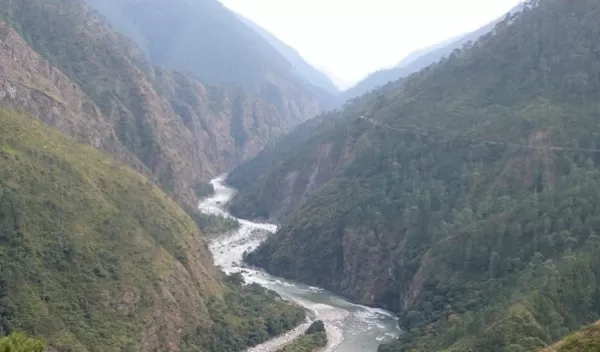
How rain can move mountains
Scientists have long thought that rainfall has a dramatic effect on the evolution of mountain landscapes, but the reasons have been elusive. The concept has never been quantitatively demonstrated until now, thanks to a new technique that captures precisely how even the mightiest of mountain ranges -- the Himalayas -- bends to the will of raindrops.
The U.S. National Science Foundation-funded research, published in Science Advances by Arizona State University co-authors Kelin Whipple, Arjun Heimsath and Kip Hodges, not only improves the understanding of how mountain ranges evolve over millions of years, but paves the way for understanding natural hazards associated with climate-driven erosion and, in turn, human life.
"These findings are the latest outcome of a study that began several years ago on the distinct tectonic, topographic and erosional evolution of the Bhutan Himalayas," Whipple said. "Our major motivation was to achieve an improved understanding of how current and past rainfall patterns sculpt topography and potentially influence the pattern and rate of tectonic uplift."
The research took place in the central and eastern Himalayas of Bhutan and Nepal because the region has become one of the most sampled landscapes for erosion-rate studies.
Building on these findings, Whipple is leading the team in an effort to extend this analysis to the full length of the Himalayas.
"This next study will test our model against additional datasets from the central and western Himalayas and apply the results to estimate patterns of erosion rate across the entire range," Whipple said. "Erosion patterns will allow us to refine estimates of seismic and erosional hazards."
Added Steve Harlan, a program director in NSF's Division of Earth Sciences, "This research offers important insights into the coupling between tectonics and climate in mountain belts. It also shows that the relationships among erosion, rainfall and topography are important in the development of landscape models needed to understand how changing climates modify Earth's surface."
